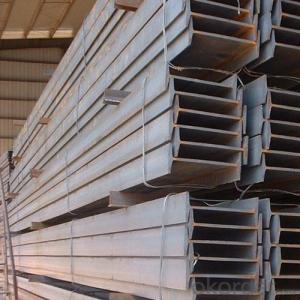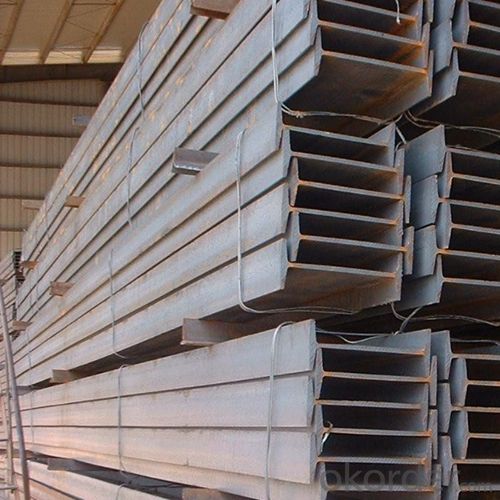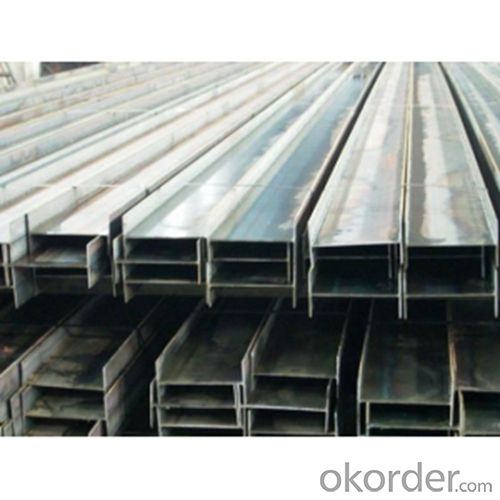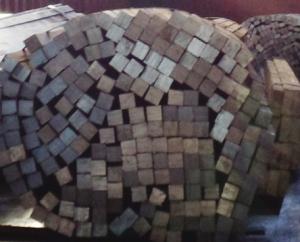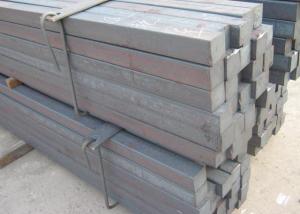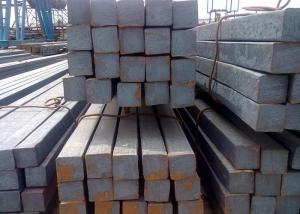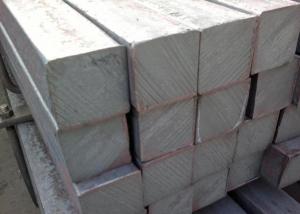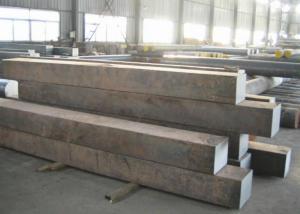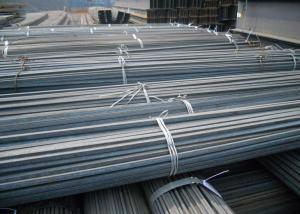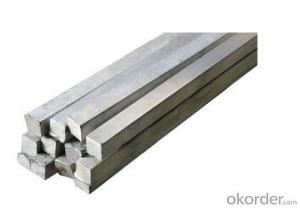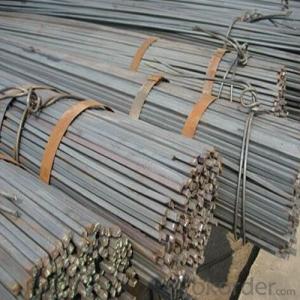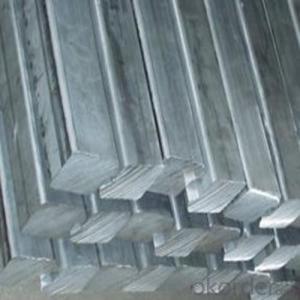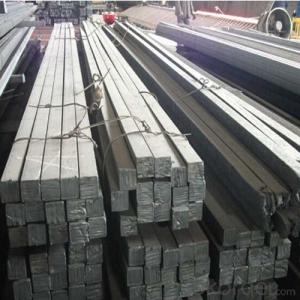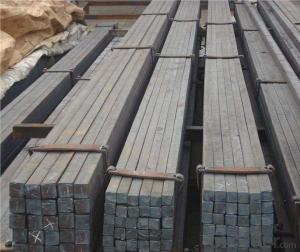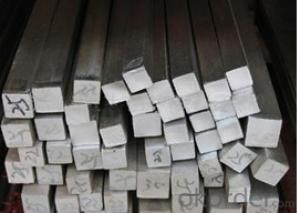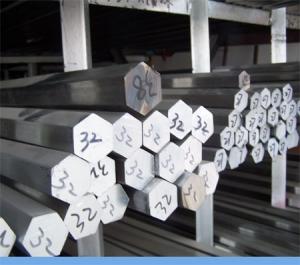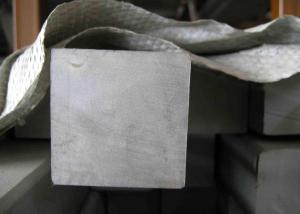Steel Square Bar with Length of 6M, 8M and 12M
- Loading Port:
- Tianjin
- Payment Terms:
- TT OR LC
- Min Order Qty:
- 25 m.t.
- Supply Capability:
- 1000 m.t./month
OKorder Service Pledge
OKorder Financial Service
You Might Also Like
1. Structure of Steel Square Bar with Length of 6M, 8M and 12M Description:
Steel square bar with length of 6M, 8M and 12M is a bar with square shaped cross-section. It is special case of equal sides. Before steel products are sold on the market, the steel must first be processed into more functional pieces. Raw steel cannot be of use while in its pure form, thus it has to be cast into shape. The freshly made steel, steel square bar with length of 6M, 8M and 12M is still in the form of a metal bar or rectangle. Small sizes of steel square bar with length of 6M, 8M and 12M are used in ship building.
2. Main Features of Steel Square Bar with Length of 6M, 8M and 12M :
• Grade: Q235
• Type: Mild carbon steel
• A quadrilateral with four equal sides and four right angles.
• Vibration: The stiffness and mass are chosen to prevent unacceptable vibrations, particularly in settings sensitive to vibrations, such as offices and libraries.
• Local yield: Caused by concentrated loads, such as at the beam's point of support.
3. Steel Square Bar with Length of 6M, 8M and 12M Images:
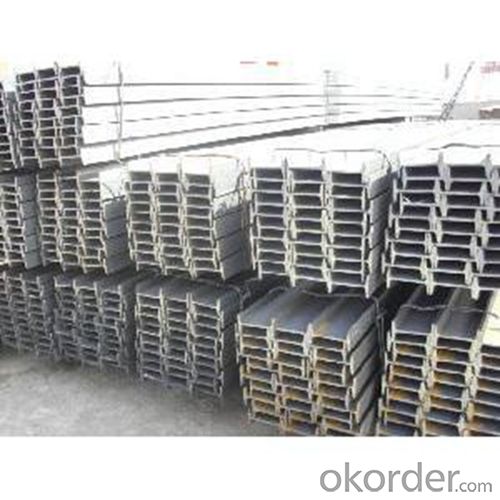
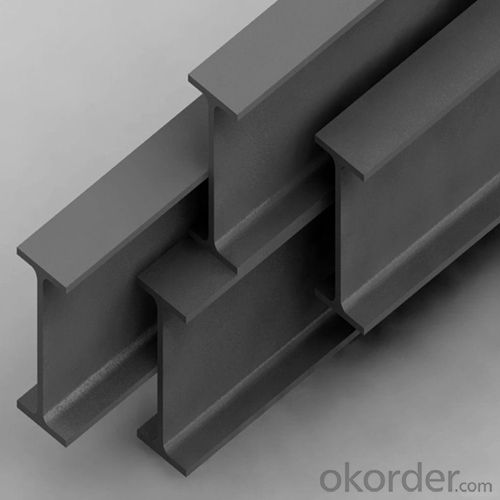
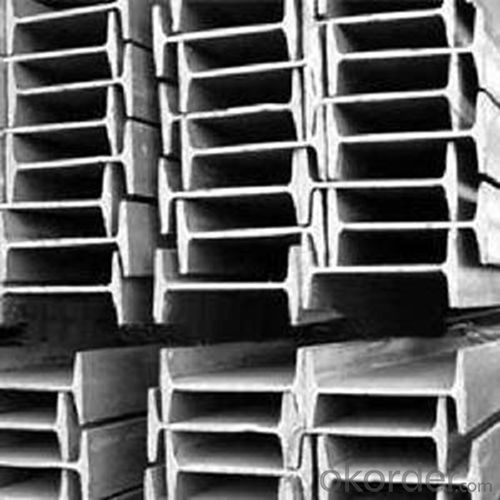
4. Steel Square Bar with Length of 6M, 8M and 12M Specification:
Mechanical Properties | Grade | Steel diameter(mm) | |||
≤16 | 16~40 | 40~60 | 60~100 | ||
Yield Point Δs/MPa | Q195 | ≥195 | ≥185 | - | - |
Q235 | 235 | 225 | 215 | 205 | |
Tensile Strength | Q195 | 315~390 | |||
Q235 | 375~500 | ||||
Elongation δ5% | Q195 | ≥33 | ≥32 | - | - |
Q235 | 26 | 25 | 24 | 23 | |
5. FAQ
We have organized several common questions for our clients,may help you sincerely:
①What is the main material?
There are two types of Square Bar, one is hot rolled square bar and other one is cold drawn square bar. Our principal products is hot rolled square bar. We dedicate to products with material Q195 and Q235. We offer products with high quality and low price.
②How to inspect the quality?
We have a professional inspection group which belongs to our company. We resolutely put an end to unqualified products flowing into the market. At the same time, we will provide necessary follow-up service assurance.
③Is there any advantage about this kind of product?
Steel I beam bar IPE has a reduced capacity in the transverse direction, and is also inefficient in carrying torsion, for which hollow structural sections are often preferred.
- Q: What are the different parts of a steel square?
- The different parts of a steel square include the blade, tongue, heel, face, and graduation markings.
- Q: How does a steel square assist in determining the correct angle for a compound miter cut?
- A steel square, also known as a combination square, is a versatile tool that can assist in determining the correct angle for a compound miter cut. When making a compound miter cut, it is crucial to accurately measure and set the angles of both the miter and bevel cuts. This is where a steel square comes into play. Firstly, a steel square has a built-in protractor that allows you to measure and set the desired angle for the miter cut. This protractor is typically marked with degree increments, making it easy to set precise angles. In addition to the protractor, a steel square also has a ruler along its edge, which can be used to measure the length of the workpiece and ensure accurate cuts. To determine the correct angle for a compound miter cut, you would typically start by setting the desired miter angle using the protractor on the steel square. Once the miter angle is set, you can use the ruler to measure the length of the workpiece and mark the desired cut line. After completing the miter cut, you would then need to adjust the bevel angle to create the compound angle. Again, the steel square can be used to accurately measure and set the bevel angle. By utilizing the steel square's protractor and ruler, you can ensure that the miter and bevel angles are precisely set, leading to accurate and clean compound miter cuts. This is important for achieving tight joints and proper alignment when working on projects such as furniture, cabinetry, or trim work.
- Q: Can a steel square be used for checking the squareness of a window frame?
- Yes, a steel square can be used for checking the squareness of a window frame. A steel square, also known as a framing square or carpenter's square, is a versatile tool commonly used in construction and woodworking. Its primary purpose is to ensure that corners and angles are square, making it a suitable tool for checking the squareness of a window frame. By placing the steel square against the corners of the frame, one can easily determine if the angles are perfectly 90 degrees or if any adjustments need to be made. The straight edges of the square can also be used to verify that the sides of the window frame are parallel and straight. Overall, a steel square is a reliable tool for assessing the squareness of a window frame, ensuring proper installation and alignment.
- Q: Can a steel square be used for setting up a jointer?
- Certainly! A jointer can be set up using a steel square. The steel square is a highly adaptable tool that guarantees precision and accuracy in a range of woodworking duties, such as the setup of a jointer. It serves to confirm the perfect alignment of the jointer's tables, a crucial requirement for achieving impeccable and seamless cuts. By placing the square against the jointer's fence and table, any gaps or misalignments can be detected. Adjustments can then be made based on the square's measurements, resulting in the accurate configuration of the jointer and the guarantee of precise and straight cuts.
- Q: What are some common applications of a steel square in metalworking?
- Some common applications of a steel square in metalworking include marking and measuring right angles, checking the accuracy of angles and corners, setting up machinery and equipment, and ensuring proper alignment during welding and fabrication processes.
- Q: How do you use a steel square for marking miter cuts?
- To use a steel square for marking miter cuts, first, ensure that the square is properly aligned and squared. Then, place the square against the edge of the material to be cut, making sure it is positioned at the desired angle for the miter cut. With a pencil or marking tool, trace along the edge of the square to create a precise line for the miter cut. Finally, use this marked line as a guide when making the actual cut with a saw or other appropriate cutting tool.
- Q: How do you use a steel square to determine angles for picture frames?
- To use a steel square to determine angles for picture frames, you can start by placing the square against the corner of the frame. Then, align one edge of the square with the side of the frame. By reading the scale on the square, you can determine the angle at which the frame needs to be cut. This will help you achieve precise and accurate angles for your picture frames.
- Q: How do you use a steel square to measure and mark 219.375-degree angles?
- To measure and mark a 219.375-degree angle using a steel square, you would first align the long edge of the square with the reference line or edge. Then, locate the degree markings on the square's blade and find the 180-degree mark. From there, move along the blade towards the handle until you reach the 39.375-degree mark. Finally, align a straight edge or pencil with this mark and draw a line to mark the desired angle.
- Q: What are some common applications for a steel square in metalworking?
- Some common applications for a steel square in metalworking include measuring and marking angles, checking the squareness of corners, aligning and setting up machines, and determining the flatness of surfaces.
- Q: Can a steel square be used for checking the squareness of a roof truss?
- Yes, a steel square can be used for checking the squareness of a roof truss.
Send your message to us
Steel Square Bar with Length of 6M, 8M and 12M
- Loading Port:
- Tianjin
- Payment Terms:
- TT OR LC
- Min Order Qty:
- 25 m.t.
- Supply Capability:
- 1000 m.t./month
OKorder Service Pledge
OKorder Financial Service
Similar products
Hot products
Hot Searches
Related keywords
